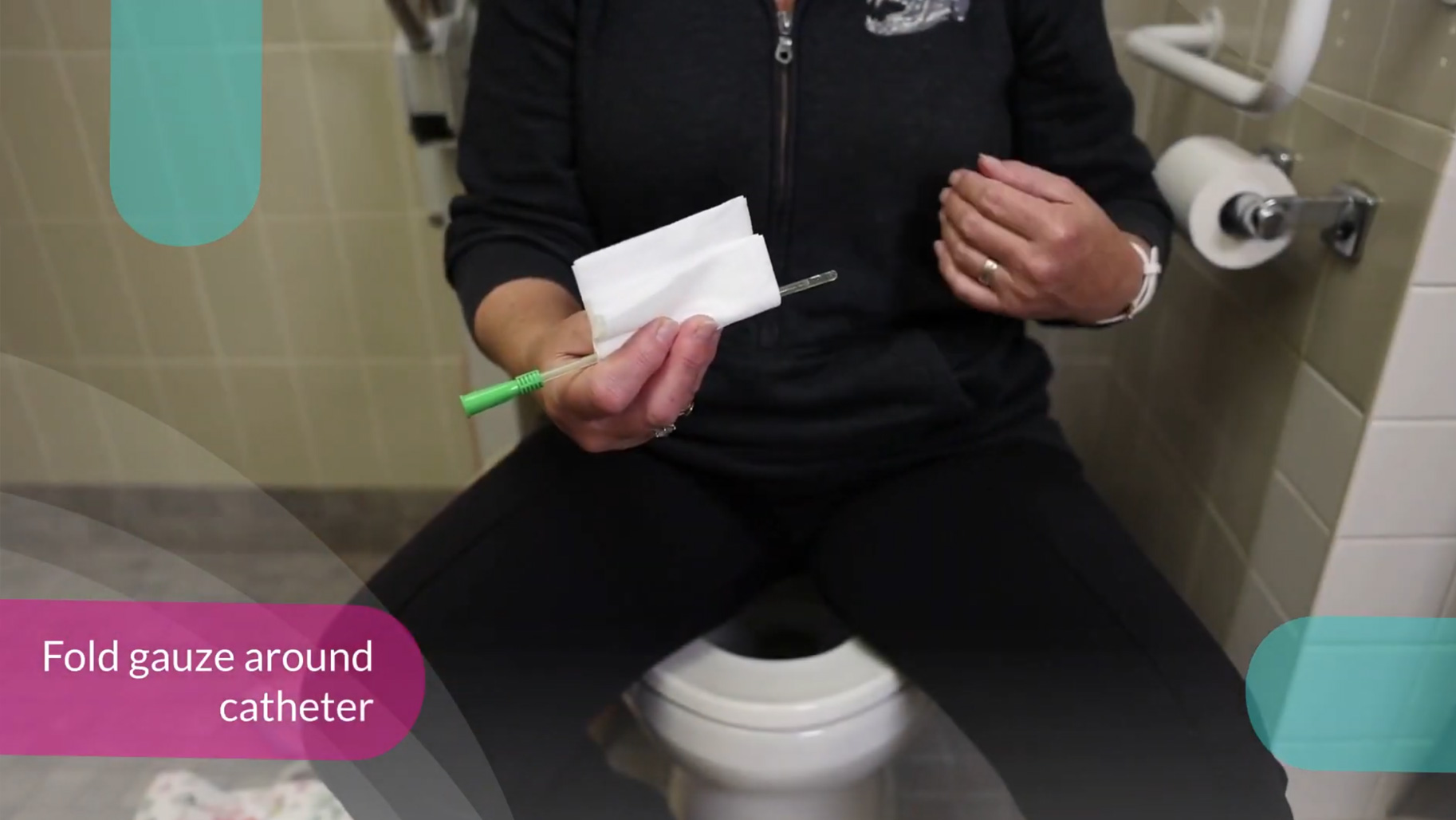Today, we discuss lubricating a catheter and spinal cord injury hacks, with catheter care at home and changing a catheter procedure. In this video, Nancy shows users how to lubricate a catheter, and some of the tips she’s learned along the way. She also briefly shows how to keep her lubricant sanitary.
Changing a catheter for spinal cord injury involves removing the old catheter and inserting a new one through your urethra into your bladder. Often, you may need someone else to help you with this procedure because it requires good hand coordination and strength in order to insert the catheter properly. Spinal cord injury can be devastating, but with the right treatment and care, you can live a fulfilling life. The spinal cord is the backbone of the nervous system. It is made up of nerve cells that carry messages to and from the brain to other parts of your body. The spinal cord is protected by vertebrae (bones) in your spine. If you have an injury to your spinal cord, it means that some of these nerves are damaged or severed.
Catheter care is a form of nursing that is used to maintain a patient’s urinary tract while they are unable to use the bathroom. The catheter care nurse will usually be responsible for inserting the catheter, emptying the bladder, and providing education about how to take care of the catheter. Catheters are used to drain urine from the bladder and collect it in a bag. A catheter is a tube that is inserted into the bladder to drain urine. The tube has an opening at one end and an opening at the other end for draining. Catheters can be made of latex, silicone, or polyurethane. They may also have some type of coating on them such as antimicrobial or lubricating coating.
Catheter use is a process of inserting a tube into the urethra and into the bladder, to drain urine from the body. It is usually done by a health care professional, but for someone with a spinal cord injury, you may have to learn to do it yourself. This video will guide you through the basics of catheter care, including what you should know before catheter insertion, how to use a catheter, and what to do when it becomes necessary to remove your catheter. They can also be used at home if someone has trouble going to the bathroom on their own. Catheters can be used temporarily or permanently depending on what type they are and how long they need them for.
If you enjoyed this video about lubricating a catheter and spinal cord injury hacks, with catheter care at home and changing a catheter procedure, please remember to like, share, subscribe and leave a comment if you have any questions, suggestions, or feedback. We hope to see you here again soon!





